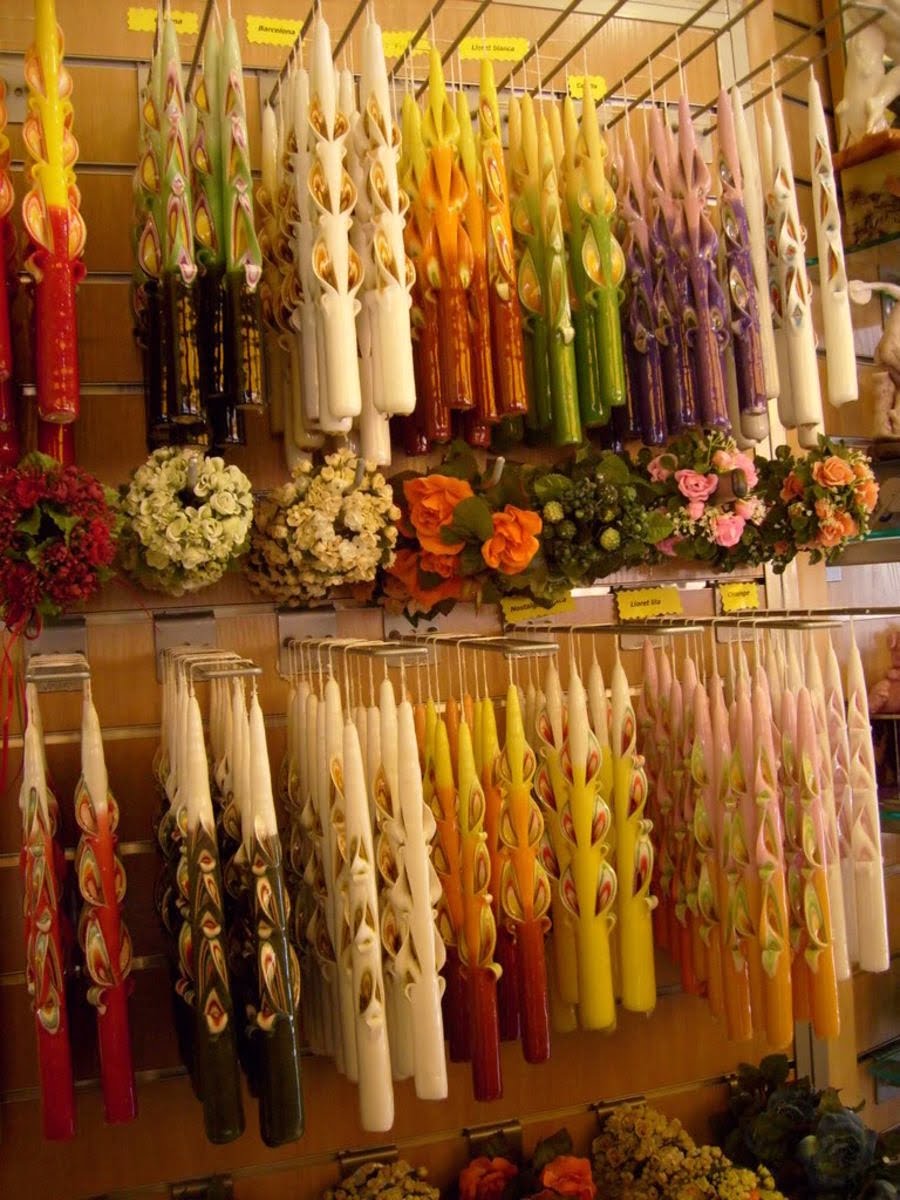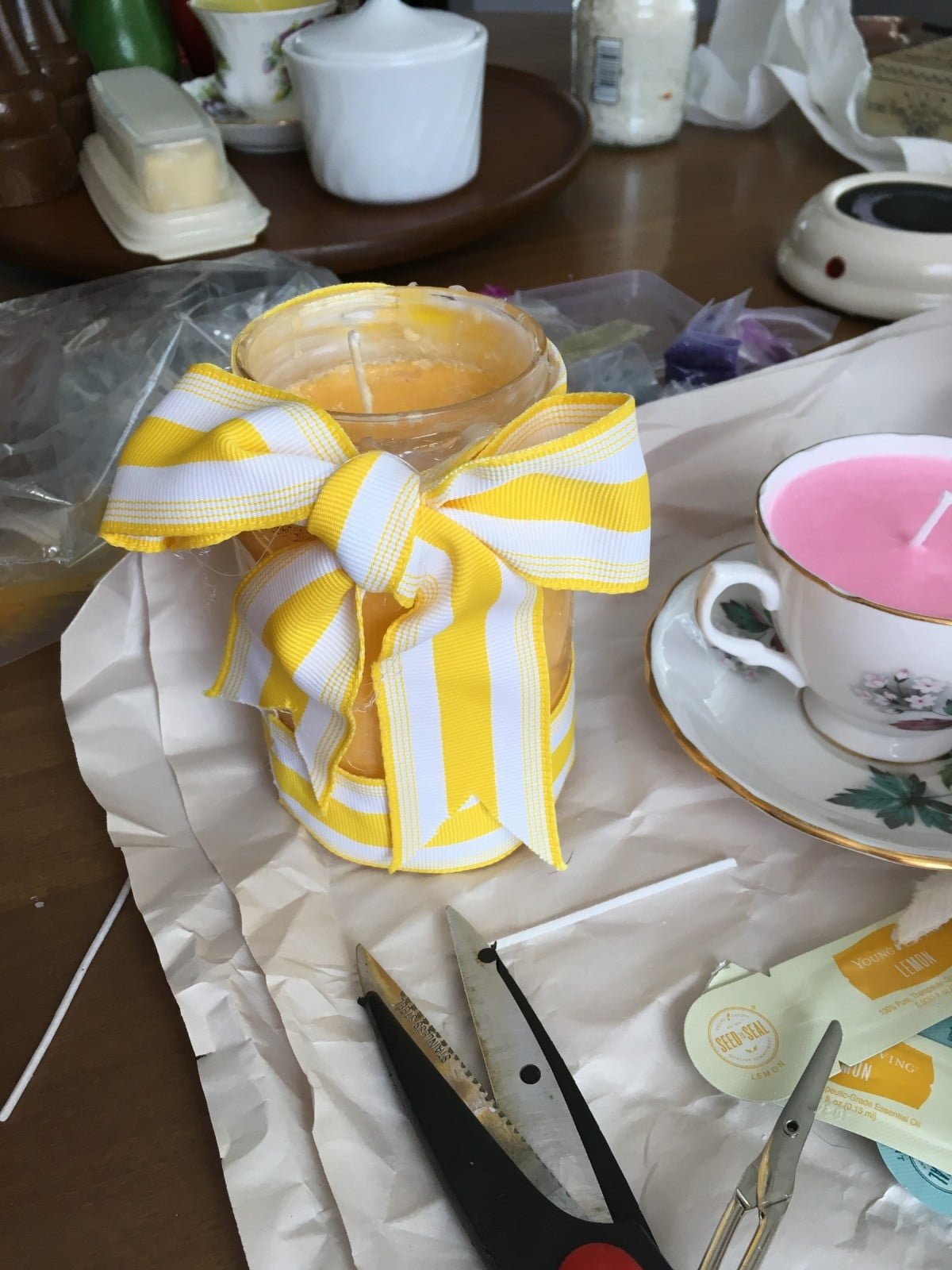Introduction to Raw Beeswax for Candle Making
Raw beeswax is a natural wax derived from honeybees and has been used in candle making for hundreds of years. Beeswax is typically a soft, yellow-gold material that smells faintly sweet. It has the potential to last a very long time when properly stored with minimal deterioration.
Raw beeswax can be bought in different grades depending on the intended use and purity desired. Generally, when it comes to beekeeping, there are three grades of raw beeswax; the lowest grade is called “white” or “green wax” which contains traces of pollen, propolis and debris but usually has no discernible scent; the mid grade is called “amber wax”, which is darker in color with more propolis content containing some fragrance; and finally the highest grade is called “yellow wax”, which is by far the cleanest and purest form of beeswax available.
For candle making there are two basic grades that are frequently used, the first being “unbleached” and the second being “refined”. Unbleached raw bee’s wax has not been filtered or chemically altered giving it a strong honey aroma along with its distinct warm golden hue. Meanwhile, refined raw bee’s wax has been processed through a complex filtration process to remove impurities while also deodorizing it – resulting in an even cleaner and longer lasting burning candle.
No matter what grade you choose, raw beeswax is an excellent choice for candle making because it holds its shape well when exposed to hot temperatures and burns brighter than most other types of candles available on the market today. Additionally, unlike paraffin-based candles beeswax produces negative ions when burned which may help reduce dust particles in the air, making them better for your health as well as your environment!
Making Candles with Raw Beeswax
Raw beeswax is a natural and unique product that has been harvested for development of candles for many years. Beeswax has some distinct characteristics that make it appealing to purchase as a popular material in candle making.
Firstly, pure raw beeswax emits very subtle scent when burning which can be advantageous to those who are sensitive to smells. This slight aroma also provides an added traditional ambience of warmth when lit in any room of your home. Secondly, compared to other waxes such as paraffin or soy, beeswax produces a slow but consistent form of flame without the extensive soot compared to its alternatives” meaning you can enjoy the warm glow for a longer period of time without any unnecessary mess. Last but not least, raw beeswax is entirely food grade safe ” meaning that not only are you able to supply your family with beautiful and fragrant candles, but also candles which do not release any dangerous toxins into their environment.
Since raw beeswax is naturally thick and hard consistency due to the removal of most animal oils, melting it can sometimes prove difficult or require more patience. Fortunately there are several methods one can use depending on preferences or budget available such as through the use of double boiling either on a stove-top or even in the oven; microwaving; or simply through the usage of an electric crock pot with suitable cookware inside. All three methods can provide excellent results in heat control and melting speed according to individual preference and fire safety regulations.
Projects for Candle Making
1. Driftwood Candle: Collect dried driftwood off the beach or gather a few pieces in your backyard. Cut the wood into any shape you’d like and set the wax for your candle accordingly. Place some of the raw beeswax around the edge of the driftwood piece, leaving a hollow in the center for your wick. Let it cool and harden before using.
2. Honeycomb Candles: Use cookie cutters to cut out your desired shapes from raw beeswax created from honeycomb or using a warm knife to manually cut out shapes you desire. Then, affix a wick to each candle and place them inside mini paper cups for stability as well as decoration!
3. Sculpted Wax Candles: Use warm knife blades or other tools to melt, spread and form the raw beeswax into spirals, trees and other sculptures that you can then affix a wick too once hardened. After placing paste wicks onto an upright penny or nut, insert these into your sculpted candles if they require additional structural support while their wax solidifies around them.
4. Rolled Beeswax Candles: Use sheets of raw beeswax to cut out whatever size candle sticks you need for your project. You can use a variety of rolling pins to flatten the wax into thin layers with decorative surface textures involving different kitchen utensils such as spoon handles and potato mashers! Mound up layers of wax starting at one edge of your fabrication station before trimming off excess material when done rolling with scissors or utility knives before adding wicks.
How to Add Fragrance and Color
Adding fragrance and color to candles made from beeswax is relatively easy, as natural ingredients and dyes usually work well with the material. Essential oils are one of the best and most common ways to add scent to a candle, as they are all-natural. To add essential oil, measure out a teaspoon (or more or less depending on desired scent strength) of your chosen oil in a separate container before melting your wax. Stir the essential oil into the melted wax slowly and carefully until it mixes in completely. For even greater scent potency, add scent doubler or aroma booster beads for an increased intensity and longer-lasting aroma. Adding color to beeswax candles is also straightforward, provided you use natural dyes instead of artificial ones. You can buy natural dye powders like tumeric and paprika as well as liquid pigments such as blueberry juice and beetroot extract, which can be added directly to the melted wax in small amounts before pouring it into molds. Be mindful not to overdo it though; just a pinch of dye powder is enough for a light tone, while several drops of liquid pigment should do if you want a stronger shade.
Benefits Beyond Candle Making
Raw beeswax has a variety of uses beyond candle making. It has a number of benefits for people looking to craft homemade products for skin, hair, and home care. Beeswax is a natural and safe alternative to many chemicals found in modern beauty and household items and can be used in a wide range of recipes.
Beeswax can be used as the primary ingredient for creating healing salves, lotions, and body butters. Its anti-inflammatory properties make it ideal for soothing rashes, reducing redness and puffiness, and protecting skin from harsh weather conditions.
The wax can also be incorporated into lip balms and glosses to help keep your lips hydrated by providing a protective barrier against wind or sun damage.
When mixed with essential oils or dried herbs, beeswax can create iconic products such as soaps, muscle rubs, or even aromatherapy candles. Beeswax lotions are excellent at retaining moisture on the surface of the skin while locking nutrients at the same time. The wax itself helps with elasticity when applied on freshly cleaned skin as well as aiding in closing open pores after cleansing.
Beeswax is also an effective all-natural way to cleanse surfaces such as counter tops or furniture, leaving them shiny and rejuvenated without any synthetic wraps. Last but not least, beeswax acts similarly to paint in that it adds durability and protection like a sealant when added onto already finished pieces such as furniture or sculptures alike.
Conclusion
Raw beeswax is an ideal choice for those who wish to make sustainable, natural candles. It can be found in a variety of forms and has many advantages over other materials including its higher melting point and lower shrinkage rate, resulting in longer-lasting candles. It also has ignitable properties and gives off a sweet scent. Beeswax is a renewable resource that can be used more sustainably than other candle-making materials such as paraffin wax, making it the perfect choice for eco-friendly makers. Its superior burning qualities also mean that it burns longer, brighter and with less smoke than traditional petrochemical based waxes. Because it is not blended with other oils or chemicals, it ensures that no unwanted particles enter the atmosphere, thus reducing air pollution. The end result of a beeswax candle is clean burning with a pleasant aroma perfect for promoting relaxation or enhancing the ambiance of any room!

Welcome to my candle making blog! In this blog, I will be sharing my tips and tricks for making candles. I will also be sharing some of my favorite recipes.





